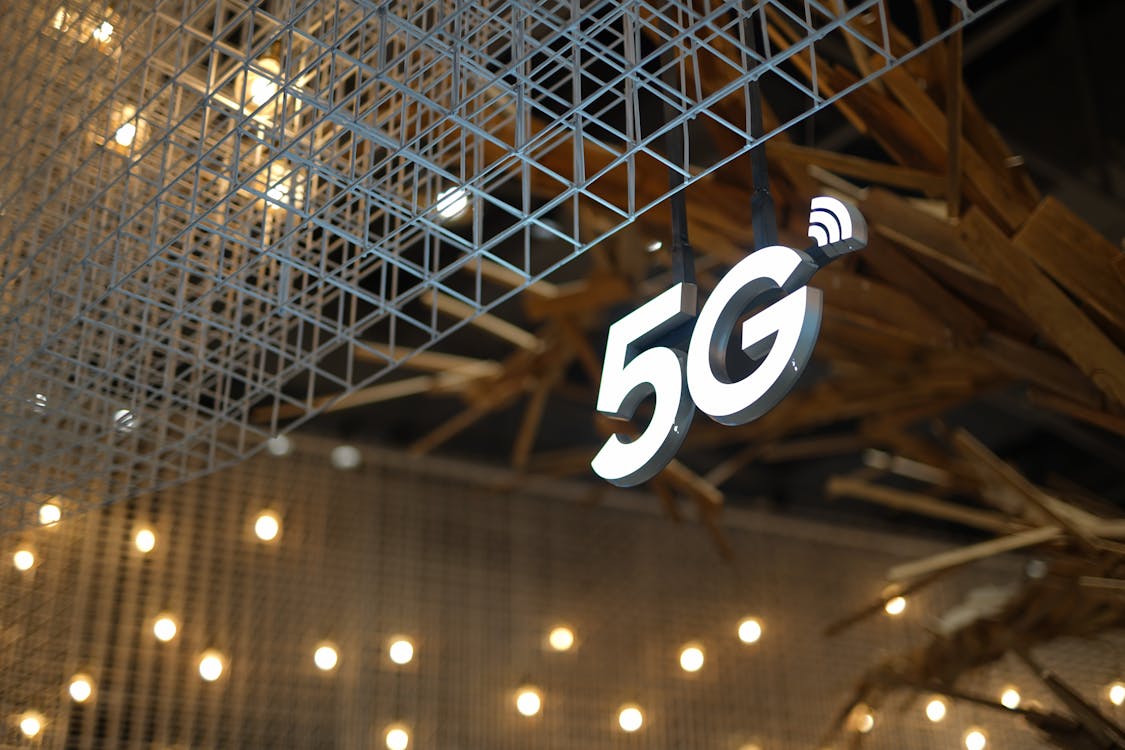What are generations of mobile telecommunications technology?
The world of mobile telecommunications technology has come a long way since the
first generation of mobile phones. Over the years, new advancements in
technology have led to the development of faster and more efficient mobile
networks.
What are 1G, 2G,3G,4G, and 5G?
The first generation of mobile
telecommunications technology, also known as 1G, was introduced in the 1980s.
This technology was primarily used for voice calls and text messaging, and it relied
on analog signals to transmit information.
The second generation of mobile
telecommunications technology, or 2G, was introduced in the early 1990s. This
technology was the first to introduce digital signals and allowed for the first
time for mobile phones to send and receive text messages. 2G also introduced
the first mobile data services, including basic internet browsing and email
capabilities.
The third generation of mobile
telecommunications technology, or 3G, was introduced in the early 2000s. This
technology marked a major leap forward in terms of mobile data capabilities,
with much faster data speeds and more advanced mobile internet capabilities.
With 3G, mobile phones were finally able to access the internet and make video
calls, transforming the way we communicate and use the internet on the go.
The fourth generation of mobile
telecommunications technology, or 4G, was introduced in the late 2000s and
early 2010s. 4G marked a significant improvement over 3G, with much faster data
speeds and improved support for data-intensive activities like streaming video
and music, online gaming, and mobile video conferencing.
Today, we are on the brink of a new generation
of mobile telecommunications technology, known as 5G. 5G promises to be
even faster and more efficient than 4G, with data speeds that are up to 100
times faster and lower latency. This will open up new opportunities for
advanced mobile applications and services, from virtual reality and augmented
reality to autonomous vehicles and the Internet of Things.
In conclusion, the generations of mobile
telecommunications technology have evolved over time to provide us with faster
and more efficient mobile networks. From 1G to 5G, each generation has brought
new capabilities and improved the way we communicate and use the internet on
the go. The latest generation of technology, 5G, promises to bring even greater
advancements in speed, efficiency, and capabilities, transforming the world of
mobile telecommunications for years to come.
About Keypad Mobile:
The use of keypad mobile phones was most prevalent during the second generation (2G) of mobile telecommunications technology. 2G was introduced in the early 1990s and was the first generation of mobile technology to introduce digital signals and text messaging capabilities. Many 2G mobile phones had physical keypads for entering text and making calls, and these devices were widely popular due to their simplicity and affordability.
With the introduction of third-generation (3G)
technology in the early 2000s, mobile phones became more advanced and focused
on providing internet and data capabilities. Touchscreen devices became more
prevalent and replaced physical keypad mobile phones in many cases. However,
some low-end devices still offer a physical keypad for basic text messaging and
calling.
In conclusion, the use of keypad mobile phones
was most common during the 2G era of mobile telecommunications technology. With
the advent of 3G and the emphasis on data and internet capabilities, physical
keypads have become less common in favor of touchscreens. However, some low-end
devices still offer a physical keypad for basic texting and calling.
uploading and downloading speed of 1G to 5G
The uploading and downloading speeds of the
different generations of mobile telecommunications technology are as follows:
1G: The first generation of mobile
telecommunications technology, or 1G, was primarily used for voice calls and
text messaging. It had very limited data capabilities and offered slow data
speeds. Uploading and downloading speeds were typically in the range of a few
kilobits per second (Kbps).
2G: The second generation of mobile
telecommunications technology, or 2G, was the first to introduce digital
signals and text messaging capabilities. 2G networks offered improved data
speeds compared to 1G, but uploading and downloading speeds were still
relatively slow. Speeds were typically in the range of a few kilobits to a few
megabits per second (Mbps).
3G: The third generation of mobile
telecommunications technology, or 3G, marked a significant leap forward in
terms of mobile data capabilities. With 3G, mobile phones were able to access
the internet and make video calls, and data speeds were much faster than 2G.
Uploading and downloading speeds were typically in the range of a few Mbps to
several Mbps.
4G: The fourth generation of mobile
telecommunications technology, or 4G, was introduced in the late 2000s and
early 2010s. 4G marked a significant improvement over 3G, with much faster data
speeds and improved support for data-intensive activities like streaming video
and music, online gaming, and mobile video conferencing. Uploading and
downloading speeds were typically in the range of several Mbps to several tens
of Mbps.
5G: The latest generation of mobile
telecommunications technology, or 5G, promises to bring even greater
advancements in speed, efficiency, and capabilities. 5G is expected to offer
data speeds that are up to 100 times faster than 4G, with uploading and
downloading speeds in the range of hundreds of Mbps to several gigabits per
second (Gbps).
In conclusion, the uploading and downloading
speeds of the different generations of mobile telecommunications technology
have steadily increased over time, with each new generation offering faster and
more efficient data capabilities. The latest generation, 5G, promises to bring
the fastest speeds yet, with the potential to revolutionize the way we use the
internet on the go.









0 Comments